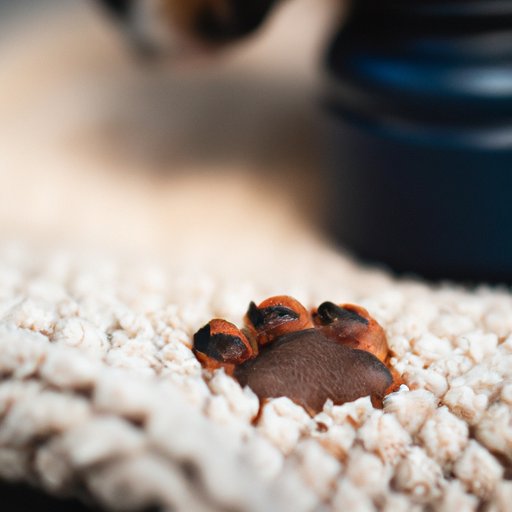Burnt paw pads can be a serious issue for pets, leading to pain, discomfort, and even potential infection. As a caregiver, it’s important to understand how to prevent, identify, and treat this condition. This guide will give you the knowledge you need to help your furry friend stay safe and happy.
1. Understanding the Dangers of Burnt Paw Pads
First, let’s delve into why hot surfaces are so dangerous to your pet’s paw pads. These pads, while resilient, are not designed to handle extreme heat. Walking on hot asphalt or concrete can quickly lead to burns. These burns can range from mild discomfort to severe pain, and in the worst cases, can lead to blistering and infection.
2. Identifying Burnt Paw Pads
Next, it’s important to know what to look for. Signs of burnt paw pads may include:
- Limping or refusing to walk
- Red or blackened paw pads
- Paw pads that feel unusually hot to the touch
- Visible blisters or raw skin
3. Prevention is Better than Cure
Prevention is the best defense against burnt paw pads. Here are some strategies:
- Avoid walking your pet during the hottest times of the day.
- Test the pavement with your hand before letting your pet walk on it.
- Consider protective footwear for your pet, especially for long walks or hikes.
4. Treating Burnt Paw Pads at Home
If your pet does suffer from burnt paw pads, there are some steps you can take at home:
- Soak the affected paw in cool (not cold) water for about 10 minutes.
- Apply a pet-safe antibacterial ointment to the paw.
- Bandage the paw to prevent further damage or infection.
Remember: Always consult with a veterinarian before beginning any treatment at home.
5. When to Seek Veterinary Care
If your pet has severe burns, or if the burns do not seem to be improving after a few days, it’s time to seek professional help. A veterinarian can provide further treatment, such as pain medication, antibiotics, or even surgery in severe cases.
6. The Long-Term Impact of Burnt Paw Pads
While most pets will recover from burnt paw pads with proper care, some may have long-term effects. These may include sensitivity to heat or cold, changes in the texture of the paw pads, or even behavioral changes.
7. Protective Gear for Your Pet’s Paws
There are various protective gear available in the market to protect your pet’s paws from burns. See the table below:
| Product Type | Description | Price Range |
|---|---|---|
| Dog Boots | Provide full coverage to paws. Available in various sizes and designs | $10 – $50 |
| Paw Wax | Creates a semi-permeable shield on the paw pads. Needs to be reapplied regularly | $5 – $20 |
| Paw Pads | Stick-on pads that provide a barrier between the paw and hot surfaces | $10 – $30 |
8. Frequently Asked Questions
Q: How long does it take for burnt paw pads to heal?
A: It can take anywhere from a few days to a few weeks, depending on the severity of the burns.
Q: Can I use human burn cream on my pet?
A: No, many human medications can be harmful to pets. Always use pet-safe products.
Q: How can I tell if the pavement is too hot for my pet?
A: Place the back of your hand on the pavement. If it’s too hot for you to comfortably hold for 5 seconds, it’s too hot for your pet.
Understanding, preventing, and treating burnt paw pads is critical for any pet caregiver. With this guide, you’re well-equipped to handle this potential issue and keep your pet safe and comfortable.



